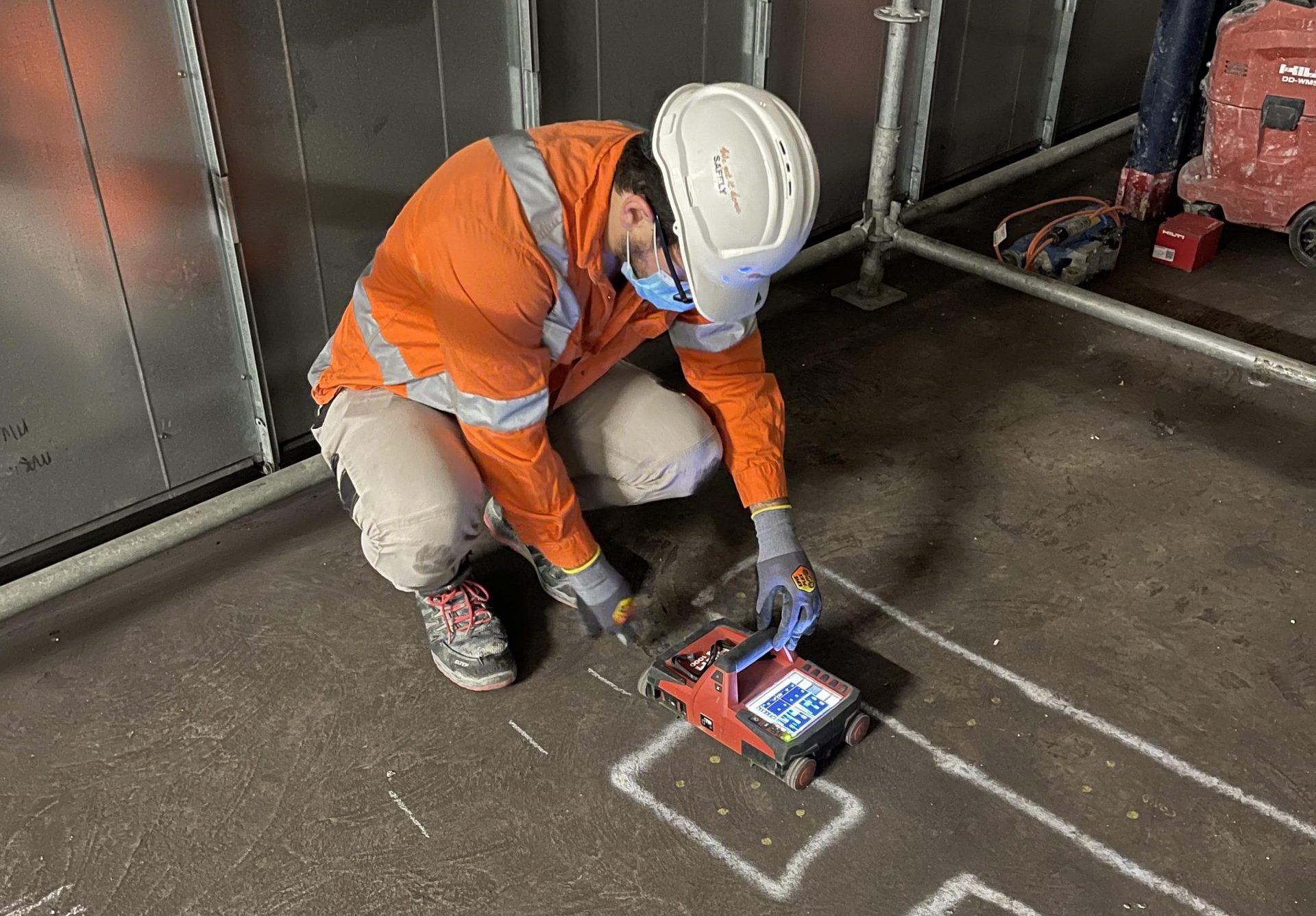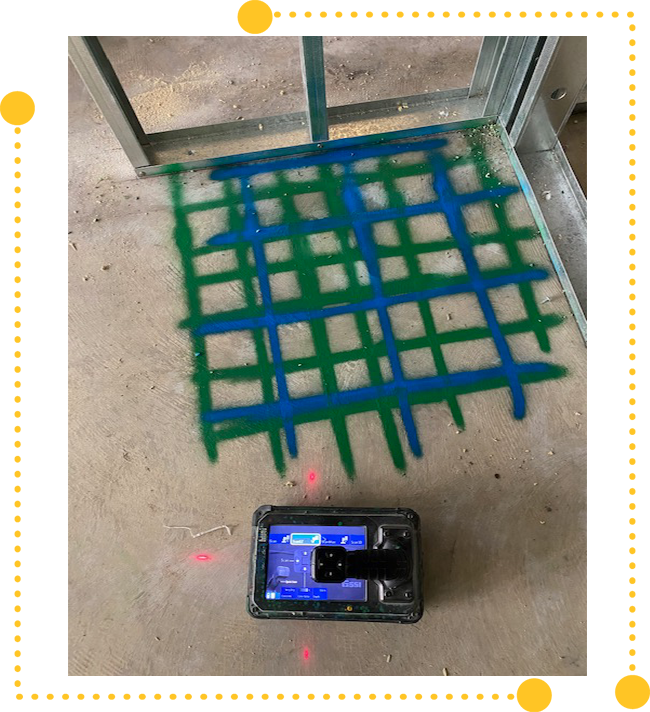Discover RainierGPR Service Areas for Trustworthy Concrete Scanning Solutions
Discover RainierGPR Service Areas for Trustworthy Concrete Scanning Solutions
Blog Article
Concrete Scanning: A Vital Step In The Direction Of Guaranteeing Structural Stability and Security
In the realm of building and construction and facilities upkeep, the value of concrete scanning can not be overstated. By employing sophisticated modern technology and methodologies, concrete scanning offers as an essential tool in making certain that the integrity and safety of structures and bridges are promoted to the highest standards.
Significance of Concrete Scanning
Concrete scanning plays a vital duty in making certain the structural honesty and safety of structures and framework jobs. By making use of innovative technologies such as ground-penetrating radar (GPR) and electromagnetic induction, specialists can non-destructively inspect concrete structures to find potential problems, spaces, embedded objects, and support layout. This process allows early discovery of anomalies that can compromise the stability of a structure, protecting against pricey problems and ensuring the security of occupants.
Concrete scanning is specifically vital throughout the preparation and building and construction stages of a project. Prior to drilling, cutting, or coring into concrete, scanning aids recognize the accurate locations of rebar, post-tension wires, and various other embedded elements, minimizing the risk of accidental hits that can lead to architectural weak points. Additionally, concrete scanning help in quality assurance by validating the thickness of concrete covers and detecting any kind of discrepancies that may affect the overall resilience of the framework. Ultimately, investing in concrete scanning services is not only a proactive procedure to minimize risks yet likewise an essential step towards keeping the long-lasting safety and security and security of structures and infrastructure.
Technology for Concrete Evaluation

Advantages of Very Early Discovery
Prompt discovery of architectural issues can considerably alleviate threats and ensure the durability of building and construction projects. By determining prospective issues beforehand in the construction procedure, stakeholders can take proactive measures to address issues prior to they escalate into larger and much more costly troubles. One of the crucial advantages of early discovery is the avoidance of structural failures, which can pose serious safety and security threats and bring about job delays and financial losses.
Moreover, very early detection permits prompt repair work and maintenance, which can aid expand the life expectancy of the structure. By dealing with issues without delay, building and construction teams can stay clear of costly fixings or also the need for premature substitute of architectural parts. This positive technique not just conserves money and time but additionally enhances the general safety and security click this and toughness of the building task.
Furthermore, early discovery can boost project preparation and decision-making by giving stakeholders with beneficial understandings into the condition of the framework. Armed with this details, task supervisors can make informed choices concerning building and construction methods, materials, and timelines, resulting in more effective and reliable project outcomes.
Making Sure Architectural Security
Guaranteeing the architectural security of a building task is extremely important to its safety and durability. Structural security describes the capability of a building or facilities to keep its form and function under numerous lots and ecological problems. To achieve this, complete analysis and monitoring of the framework are necessary. Concrete scanning plays an essential duty in ensuring architectural security by detecting potential concerns such as gaps, delamination, or reinforcement deterioration that could endanger the stability of the structure over time.
By making use of advanced scanning innovations like ground-penetrating radar (GPR) and electro-magnetic induction, building and construction experts can non-invasively evaluate concrete frameworks to identify locations of worry underneath the surface. This positive method enables the early detection of weaknesses or problems, allowing timely repair work or reinforcement to protect against architectural failings.
Normal concrete scanning during various construction stages and throughout the life process of a structure can help keep its stability, mitigate dangers, and make sure the safety and security of residents. By focusing on architectural security via concrete scanning, construction tasks can improve their durability and durability, eventually Learn More Here adding to better security and longevity.
Avoiding Vital Failings
Applying routine inspections, such as concrete scanning, can expose hidden problems like spaces, fractures, or rust that might jeopardize the stability of a framework. By making use of innovative scanning modern technologies like Ground Penetrating Radar (GPR) or Concrete X-ray, engineers can non-destructively assess the condition of concrete and identify weak factors that call for support or repair service.

Conclusion
Finally, concrete scanning plays a vital function in making sure architectural stability and security by using sophisticated innovation for early detection of prospective problems. This positive technique assists avoid essential failings and makes sure the security of frameworks. It is vital to focus on concrete examination as a typical technique to shield the long life and security of buildings and infrastructure.
Concrete scanning plays a vital duty in making certain the architectural honesty and safety of buildings and framework tasks. Additionally, concrete scanning aids in quality control by confirming the thickness of concrete covers and identifying any discrepancies that might affect the overall resilience of the structure. Concrete scanning plays an essential duty in making sure architectural stability by identifying possible problems such as voids, delamination, or support rust that could endanger the honesty of the structure over time.

In final thought, concrete scanning plays a crucial role in guaranteeing structural integrity and safety important site and security by making use of innovative innovation for early detection of potential issues.
Report this page